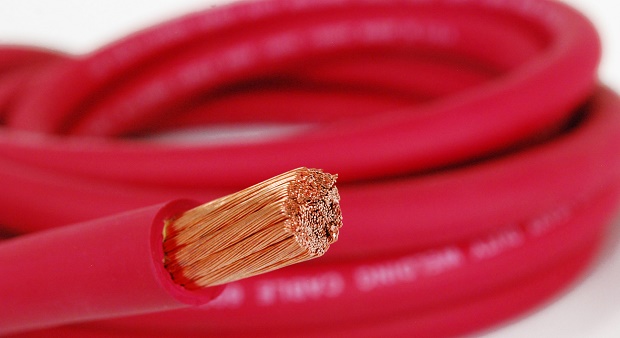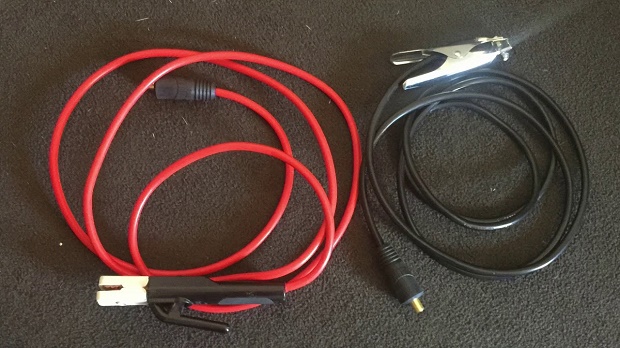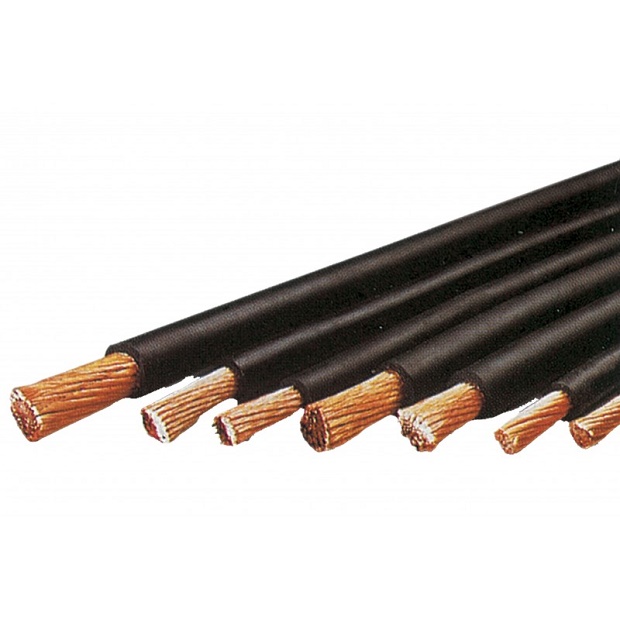How to Pick the Right Welding Lead Cable Size
If you’re looking to buy some new welding leads, but aren’t sure which size to get, worry not – we’ve got you covered.

Welding leads are the electrical conductor for welding current, and they consist of fine copper strands which are wrapped inside a durable, non-conductive jacket usually made of synthetic or natural rubber. The fine copper strands provide the lead with more flexibility than other electrical conductors, and the jacket is specially designed to withstand the abuse of repeated movements over rough surfaces. As the current increases, the diameter of the welding lead and the cross sectional area of the copper strands needs to increase as well.
When looking for welding leads for sale, you’ll come across leads with different current capacities. The capacity is basically the amount of electrical current a lead can safely conduct. The capacity is impacted by the length of the lead, the cross sectional area, the resistance rating, the insulation material, the ambient temperature and the temperature ratings. Generally, shorter cables carry more current than longer ones, granted that they have the same diameter.

Additionally, when looking for welding leads for sale, you should know that they are rated with a conductor temperature of 105°C, 90°C or 75°C. Even though the copper wire can handle significantly higher temperatures before it sustains damage, the insulation that protects them cannot, and it can melt. When it comes to ambient temperature, most leads are rated at 30°C and anything higher than that can reduce the lead’s ability to dissipate heat, thus reducing their capacity.
Even though copper is a great electricity conduct, it still has some resistance to the flow of electrons flowing through it. That being said, resistance heating is likely to occur in the lead, so it’s normal for a properly sized welding lead to feel warm to the touch after extensive welding. However, if the lead is too small for the amount of current flowing through it, then the cable will most likely overheat and result in a potential fire hazard. Conversely, an over-sized lead for a given amperage won’t conduct current better than a properly sized lead, even though it might end up costing you more because it will contain more copper strands. That being said, buying a lead with a wider diameter than you actually need is cost-ineffective.

Lead sizes are expressed in square millimeters, and the size represents the cross-section area of the cable. However, you might come across leads that have their size expressed in AWG (American Wire Gauge) sizes as well. Here are two sizing charts:








